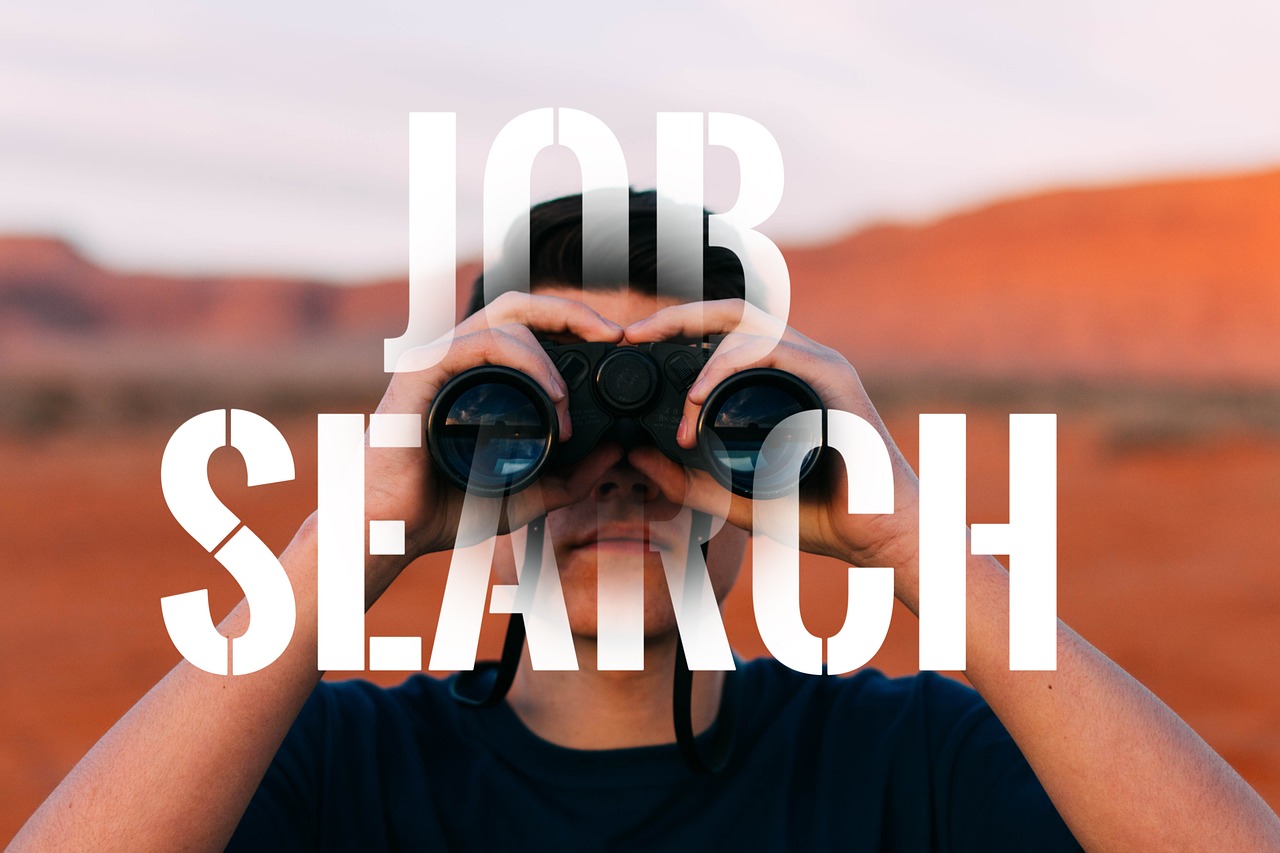Have you stopped to think about what job hunting will be like in the near future?
Despite the well-known statistic that recruiters typically spend only six seconds reviewing a resume, many still adhere to crafting traditional lists and chronologies of their experiences, hoping for positive results.
The history of the resume is a journey through centuries of professional communication, from handwritten letters to multimedia presentations. While its traditional format has served us well, modern advancements in technology and communication call for a reimagining of this essential document.
1482: The Birth of the Resume
Leonardo Da Vinci’s letter to the regent of Milan in 1482 is the earliest recorded instance of what we now recognize as a resume. Da Vinci listed his abilities and suitability for an engineering job, setting a precedent for future job seekers.
18th to 20th Century: The Rise of the Printed Resume
The resume evolved over the centuries, with individuals like Ralph Agas further refining its format. By the 20th century, the printed resume became a standard requirement for job applications, signaling professionalism and conveying essential qualifications.
21st Century: The Digital Revolution
As technology advanced, resumes transitioned from paper to digital formats. Emailing resumes became commonplace, and online platforms like Monster and Indeed revolutionized job searches. LinkedIn emerged as a powerful tool for professional networking and recruitment, offering a platform for users to showcase their skills and experiences.
The Modern Resume: Adapting to Change
The traditional resume has faced challenges in recent years as digital culture reshapes how we present ourselves professionally. Minimalistic designs, concise summaries, and relevant content have replaced outdated formats. Contact details now include links to LinkedIn profiles and professional portfolios, reflecting the shift towards online networking.
The Future of Resumes: Multimedia Presentations
Looking ahead, the future of resumes lies in multimedia presentations. Video clips, images, and interactive elements offer a more dynamic way to showcase skills and personality. While traditional resumes still have their place, embracing new technologies and creative approaches can set applicants apart in a competitive job market.
Red Flags
If you use artificial intelligence to write your resume — or get a bit too creative with the design — you could hurt your chances of landing a job.
The most prominent red flag hiring managers look for in job candidates is an AI-generated resume, according to new research from Resume Genius, which surveyed 625 hiring managers across the U.S. AI-generated content in resumes has sparked reservations among over half of hiring managers, with 20% considering it a critical issue that could hinder a candidate’s chances:
1. Generic Language: AI-generated resumes might sometimes contain generic or clichéd language, as they may rely on common phrases and templates. For example, phrases like “results-oriented professional” or “team player with excellent communication skills” are commonly found in AI-generated resumes.
2. Unusual Structure or Formatting: If the resume has an unusual structure or formatting, it could be a sign that it was generated by AI. An example could be a resume where the work experience section is placed before the education section, which deviates from the typical chronological order seen in human-written resumes.
3. Errors or Odd Phrasing: AI-generated resumes might contain errors or odd phrasing that seem unnatural or out of place. For instance, a resume might include sentences with grammatical errors or awkwardly worded phrases such as “proficient in customer service and attention detail.”
4. Inconsistencies: Sometimes, AI-generated resumes may contain inconsistencies in formatting, language, or details that a human might catch. An example could be variations in font size or style throughout the document, or discrepancies in employment dates or job titles.
5. High Volume or Mass Production: If you notice that a large number of resumes share striking similarities in language or structure, it could indicate that they were generated by AI. For example, if you receive numerous resumes for different candidates, but they all contain identical phrases or sections, it suggests they may have been mass-produced by AI.
6. Lack of Personalization: AI-generated resumes might lack personalization, such as tailored objectives or specific achievements relevant to the job. An example would be a resume that includes a generic objective statement like “Seeking a challenging position in a dynamic company where I can utilize my skills and experience,” without mentioning any specific qualifications or goals related to the job applied for.
While AI can be beneficial for proofreading and enhancing resumes, recruiters value authenticity and expect candidates to invest time and thought into crafting their resumes.
Frequent job-hopping also raises concerns for hiring managers, making 50% hesitant to proceed with a candidate. While explanations for job changes are not necessary on the initial resume, providing brief context in additional application fields can mitigate concerns.
Article written in partnership between BIRD GEI and LanguagePro

BIRD GEI | Consultoria e Gestão de Idiomas is a language consulting and language program management for your company specializing in management solutions and strategic tools that ensure organizations and professionals focus on executing their language training, development and capacity building strategies.
We are experts in language teaching for adults, professionals, and companies. We understand the globalization of the world and the real need to learn an efficient communication language. Mastering the language of your business opens doors to the growth and development of your skills to keep up with the rapid evolution of this new, technological century.
Sources:
The History of the Resume and its Future
Then And Now: The Way Resumes Have Changed Over The Years


